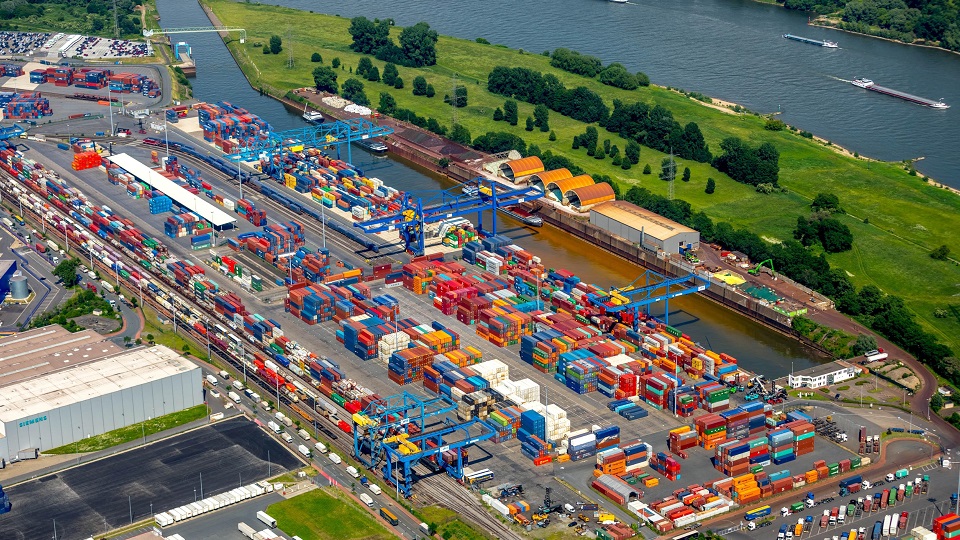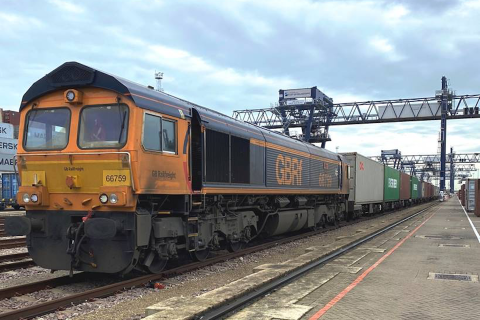Duisport’s container throughput increased, rail freight pivotal

Despite the pandemic and the overall three per cent decrease in volumes, Duisport managed to break a new record concerning container handling during 2020. Specifically, the German port saw a five per cent increase in the handled containers, which translates to 4,2 million TEUs. Rail freight traffic to and from China was crucial to reach these numbers since it also increased by approximately 70 per cent during the past year.
During 2019, Duisport registered 35 to 40 weekly trains arriving from various Chinese destinations. For 2020, this number increased up to 60 trains per week. Eurasian traffic was not the only one to contribute to the port’s successful year. Developments in Eastern Europe were also vital since connections with Poland, for instance, have been contributing to Duisport’s growth for several years now.
Consistent strategy
As Erich Staake, CEO at Duisport, explained, “the increase in container business is not solely due to pandemic-related catch-up effects”. On the contrary, the port follows a particular strategy for connections with China, which intensifies continuously by adding new destinations. The specific approach started paying off last April when the port saw record figures from China.
Expansion towards China Eastern Europe has transformed Duisport into a central hub of the New Silk Road and European rail freight. “We have systematically expanded our position as a preferred destination for eastern European and Asian freight transports into Europe”, added Staake. Indeed, during 2020 thirty per cent of all rail-based trade between Europe and China ran through the Duisburg logistics hub.

Realistic plans and rail
Duiport’s CEO also underlined the importance of maintaining a realistic profile for the year to come. The figures from 2020 might provide space for optimism and possibilities for more developments; however, Staake is well aware that the pandemic is still here. “Since the vaccination strategies in the EU roll out much more slowly than in the US or the UK, we will have to expect lower demand and further restrictions with lock-downs for our home market. The logistics sector, which is characterised by small and medium-sized companies, may be negatively affected due to continued uncertainty among consumers”, he mentioned.
Nevertheless, Duisport’s plans for 2021 bring good news for the rail sector. One of the port’s main goals for this year is to strengthen its presence in rail transportation by shifting more traffic from road to rail, especially from Eastern Europe. The facilities’ expansion measures combined with new partnerships in Logport VI with DSV and MAERSK, will most probably play a significant role in this sense.
Read also:
- Maersk and Duisport join forces in a new logistics centre
- Duisburg sees record figures from China in April
- First freight train on its way from Wuhan to Europe
You just read one of our premium articles free of charge
Want full access? Take advantage of our exclusive offer





